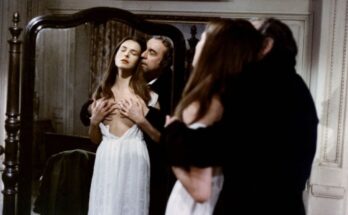The art of flower arrangement, also known as Ikebana in Japan, has a long and rich history that dates back centuries. Flowers have been used for decoration and ceremonial purposes since ancient times, and over time, the art of flower arrangement has evolved and adapted to different cultures and artistic styles.
Ancient Flower Arrangements
In ancient times, flowers were used for religious, medicinal, and aesthetic purposes. The ancient Egyptians, Greeks, and Romans were known to use flowers for decoration and to honor their gods. The ancient Greeks also created the first known vase for floral arrangements, known as the Krater. In China, flower arrangements were used in Buddhist and Taoist temples and were believed to have healing properties.
During the Middle Ages, flowers were used primarily for medicinal purposes, but they were also used to decorate homes and churches. The art of floral design began to evolve during the Renaissance, with the creation of elaborate arrangements that included fruits, vegetables, and other natural elements.
The Birth of Ikebana
Ikebana, the Japanese art of flower arrangement from flower delivery kuala lumpur, has a history that dates back to the 6th century when Buddhism was introduced to Japan. Ikebana was initially used as an offering to the gods, but it soon became a popular form of artistic expression. Ikebana is characterized by its simplicity and minimalism, with a focus on the natural beauty of the flowers and the balance of the arrangement.
Ikebana was traditionally practiced by the Samurai class in Japan, and each school had its own unique style and techniques. The most well-known school of Ikebana is the Sogetsu school, which was founded in the 20th century and is known for its avant-garde approach to floral design.
The Evolution of Floral Design
During the 19th and 20th centuries, floral design began to evolve into an art form in its own right. The Victorian era was known for its elaborate floral arrangements, which were often used to convey secret messages through the language of flowers.
In the 20th century, floral design became more experimental and abstract, with artists incorporating new materials and techniques into their designs.
Today, floral design from penang florist is a popular form of artistic expression, with designers using a wide range of techniques and materials to create unique and beautiful arrangements. Contemporary floral design incorporates elements of traditional floral design, as well as modern art, architecture, and fashion.
Conclusion
The history and evolution of flower arrangements show how this art form has adapted and changed over time, influenced by different cultures and artistic styles. From ancient times to modern-day, flowers have been an essential element of decoration, religious ceremonies, and artistic expression. The simplicity and minimalism of Ikebana contrast with the elaborate and decorative arrangements of the Victorian era, and the experimental and abstract approach of contemporary floral design. Today, floral design continues to evolve, with designers pushing the boundaries of what is possible, and creating new and innovative designs that celebrate the beauty and diversity of flowers.




